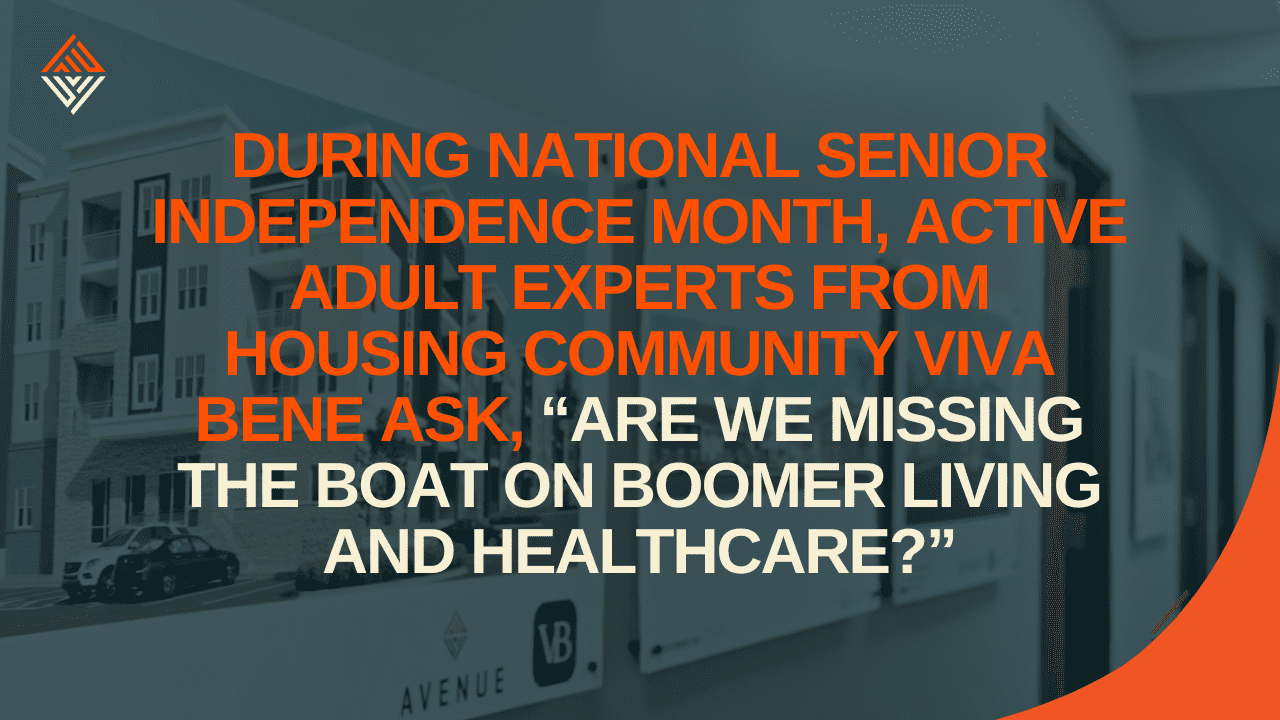
February 12, 2025
It’s well known that the entire baby boom generation will be 65 or older by 2030. This is spurring growth in many industries including senior housing. Data shows that the “forgotten middle’” segment of this population earns too little to afford traditional retirement communities and too much to qualify for low-income housing.
According to the Milken Institute, nearly 75% of middle income seniors won’t be able to afford private-pay senior housing without selling their homes and 39% won’t even with home equity.
Senior advocacy groups, care providers and community organizations recognize February as National Senior Independence Month. “At this time, it’s important to ask, “What housing options exist to help aging boomers thrive and also to address the needs of upcoming Gen Xers?,” said Laurie Schultz, principal and co-founder of Indianapolis-headquartered Avenue, a real estate firm focused on residential and healthcare properties serving older adults.
Schultz is also principal and co-founder of Viva Bene which offers the nation’s only 55+ multifamily community model blending mid-market-priced rentals with resort-style amenities, social and wellness opportunities and prevention-focused primary care.
“As we age, questions often arise about living environments. Family and friends, and even older adults themselves, ask if a move might be helpful to maintain or improve quality of life. Unfortunately, this question is often posed too late, when health has declined significantly or finances become a challenge,” said Schultz.
Recent decades have seen thousands move into continuum-of-care retirement communities which allow people to “age in place” by providing amenity-rich independent and assisted living as well as skilled nursing and memory care. Monthly prices average $3,300, according to the National Investment Center for Seniors Housing and Care. Fees for buy-in models (those requiring money down or payouts over time) average $410,000, according to U.S. News and World Report.
Among older adults, many do not label themselves “seniors,” especially the growing numbers of those who are health conscious and vibrant, said Schultz.
To address this, a new “active adult living” sector is emerging, Schultz stated. It targets younger “seniors” who want to live an active lifestyle. Most are higher-end communities with single-family homes and condos for purchase as well as high-priced rentals – and many add annual or monthly fees. Examples are Del Webb and Margaritaville.
“It’s plain to see. The housing industry faces a pressing need to provide attainable price points and serve a younger population – to help them ‘age well in place.’ We must address real-world needs for the 55+ segment with affordable monthly rentals,” emphasized Schultz. “Ideally, we do this in a community setting that provides resources for social, mental and physical well-being. And, imagine the possibilities if we integrated value-based primary care and preventive care coordination services. We’d flip the narrative by keeping younger people healthier in the comfort of their affordable homes for many years to come.”
To showcase this “aging well in place” concept, Schultz and her team from Avenue, which helped conceive Viva Bene, recently celebrated the soft opening of their first Viva Bene community, a 195,000-square-foot campus with 161 apartments located in the St. Louis suburb of St. Peters.
